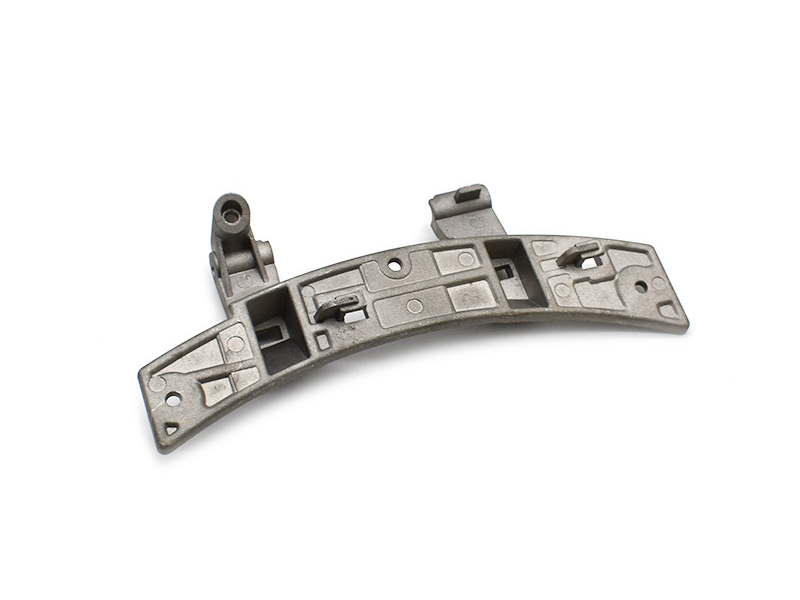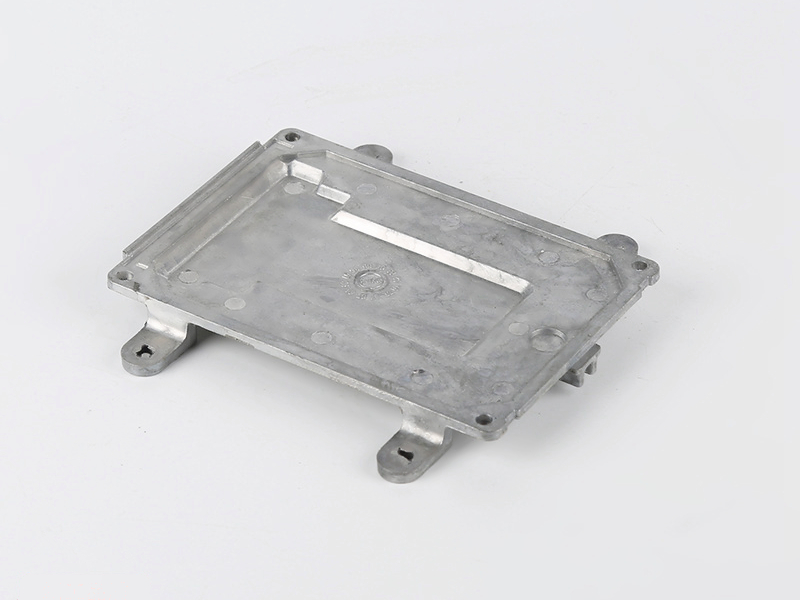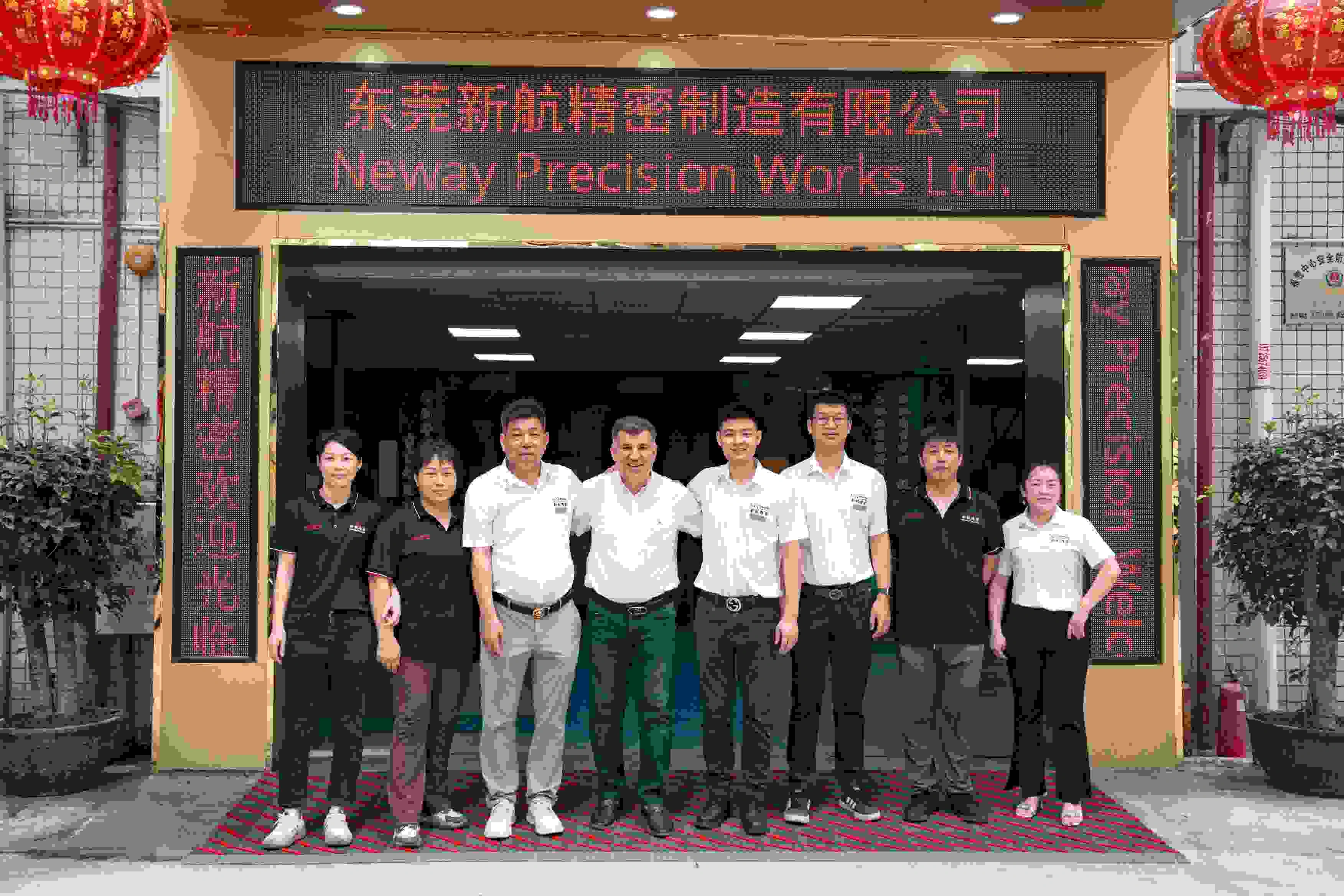10 Consideration Factors: How to Select the Right Metal for Your Custom Casting Needs
Introduction
Selecting the right metal is a critical factor in the success of any custom metal casting project. Material choice not only determines the mechanical performance, durability, and corrosion resistance of the final component but also directly impacts manufacturability, cost, and long-term reliability.
With a wide range of available alloys—each offering distinct properties and processing requirements—engineers and manufacturers must evaluate multiple factors to ensure the selected material aligns with their design, performance, and production goals. This guide explores 10 key considerations to help you make informed decisions when choosing the optimal metal for your custom casting needs.
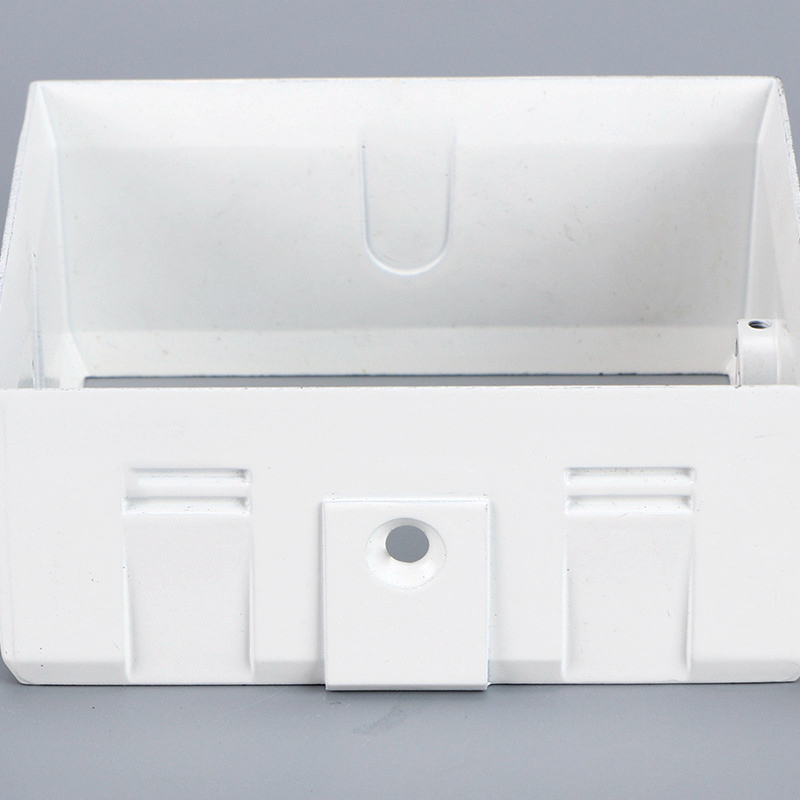
Why Metal Selection Matters in Custom Casting
Choosing the correct metal for your custom casting project is about more than just meeting strength or corrosion requirements—it has a profound influence on the overall quality, manufacturability, and cost-effectiveness of the final product. In this section, we’ll explore why material selection is such a pivotal part of casting success.
Impact on Mechanical Properties and Performance
The selected alloy defines the core mechanical characteristics of the component:
Tensile and yield strength: critical for structural parts
Fatigue resistance: vital for dynamic applications (automotive, aerospace)
Impact toughness: essential for shock-loaded components
Corrosion resistance: determines lifespan in aggressive environments
For instance, aluminum alloys are widely used for lightweight structural parts, while copper alloys offer superior electrical and thermal conductivity for electronic components.
Influence on Manufacturability and Cost
Material choice also dictates which casting processes are suitable and how efficiently they can be applied:
Alloys with good flowability and low shrinkage rates are ideal for high-pressure die casting (HPDC).
Complex alloys requiring excellent precision are better suited for investment casting.
Material selection impacts tooling life, cycle time, post-processing, and total cost of ownership.
Compliance with Industry Standards
Certain industries enforce strict regulatory or performance standards:
Automotive: fatigue life and corrosion performance
Aerospace: elevated temperature strength, weight reduction
Medical: biocompatibility and sterilization resistance
Selecting metals that meet these standards from the outset prevents costly redesigns and accelerates qualification.
In the following section, we’ll explore the 10 most important factors to consider when selecting the ideal metal for your custom casting needs.
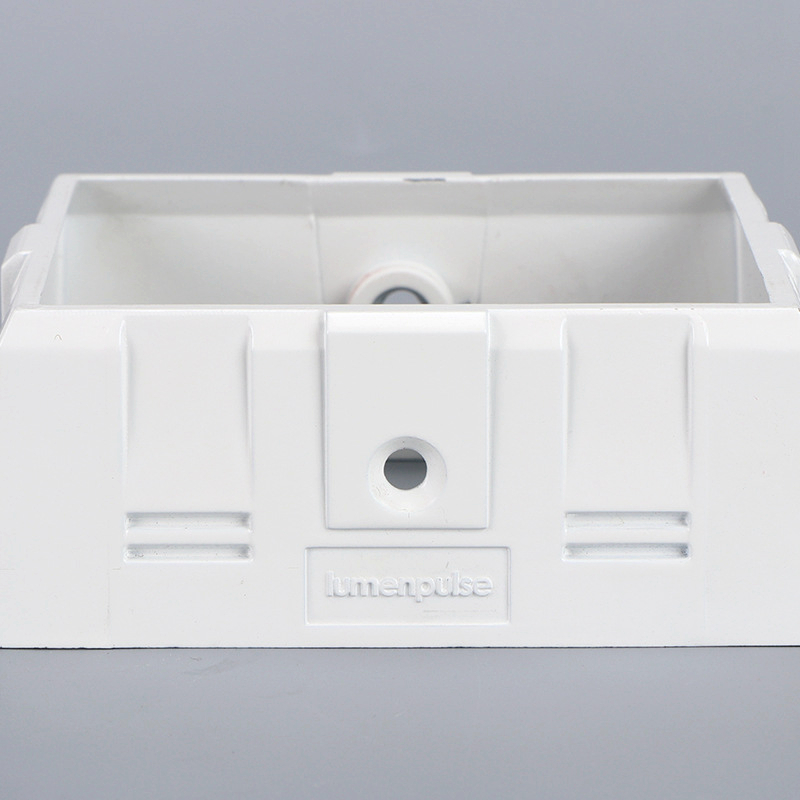
10 Key Consideration Factors for Selecting the Right Casting Metal
Selecting the optimal metal alloy for a custom casting project requires balancing performance, manufacturability, cost, and compliance. Here are 10 essential factors engineers should consider to ensure material choice aligns with product goals.
1. Mechanical Strength Requirements
The part’s function dictates its required mechanical properties:
Tensile and yield strength for structural integrity
Fatigue resistance for cyclic loading
Impact toughness for shock or crash resistance
Common choices:
Aluminum alloys for lightweight yet strong parts
Copper alloys for tough, wear-resistant components
High-strength steels or superalloys for aerospace and critical applications
2. Operating Temperature
Operating environment greatly affects alloy selection:
Ambient to moderate temperatures: aluminum, zinc, copper alloys
High temperatures (>500°C): nickel-based superalloys, directionally solidified or single crystal castings for turbines
For high-temperature components, alloys must resist creep, oxidation, and thermal fatigue.
3. Corrosion Resistance
Exposure to moisture, chemicals, or salt spray requires corrosion-resistant alloys:
Zinc alloys with protective coatings for decorative parts
Aluminum alloys with natural passivation or anodizing
Copper alloys such as brass and bronze for marine and plumbing applications
Surface treatments (powder coating, painting) can further enhance resistance.
4. Weight Considerations
Weight targets are increasingly important for automotive and aerospace:
Aluminum die casting delivers the best balance of lightweight and strength
Magnesium alloys offer even lower density but present processing challenges
Copper alloys are used where conductivity outweighs weight penalties
5. Wear and Fatigue Resistance
For sliding, rotating, or dynamically loaded parts:
Use copper alloys (bronze) for bushings and bearings
Hardenable aluminum alloys for precision wear surfaces
Superalloys or tool steels for extreme wear resistance in investment casting
6. Thermal and Electrical Conductivity
Certain applications require high conductivity:
Copper alloys are unmatched for electrical components
Aluminum alloys for heat sinks, enclosures, and LED lighting components
Zinc alloys for electromagnetic shielding
7. Castability and Process Compatibility
Each alloy family responds differently to various casting processes:
HPDC: excellent for aluminum and zinc alloys with good fluidity
Gravity casting: better for large aluminum parts
Investment casting: best for complex geometries, exotic alloys
Superalloys require vacuum or controlled-atmosphere casting
Poor castability can lead to defects, higher scrap, and increased post-machining costs.
8. Surface Finish Requirements
End-use requirements may dictate surface finish:
Cosmetic parts benefit from HPDC or investment casting
Surfaces destined for anodizing or painting must be compatible with those processes
High-end consumer electronics demand defect-free surfaces from the casting stage onward
9. Cost and Availability
Material choice must align with budget and sourcing realities:
Premium superalloys or beryllium copper carry high material costs
Aluminum alloys and zinc alloys are widely available and cost-effective
Local availability and global supply chain stability also affect choice
10. Regulatory and Environmental Compliance
Compliance with environmental and industry-specific regulations is non-negotiable:
RoHS, REACH, and WEEE directives for electronics
Aerospace certifications for turbine alloys
Automotive materials must pass corrosion, fatigue, and impact standards
Working with an experienced custom metal casting supplier ensures proper material traceability and compliance documentation.
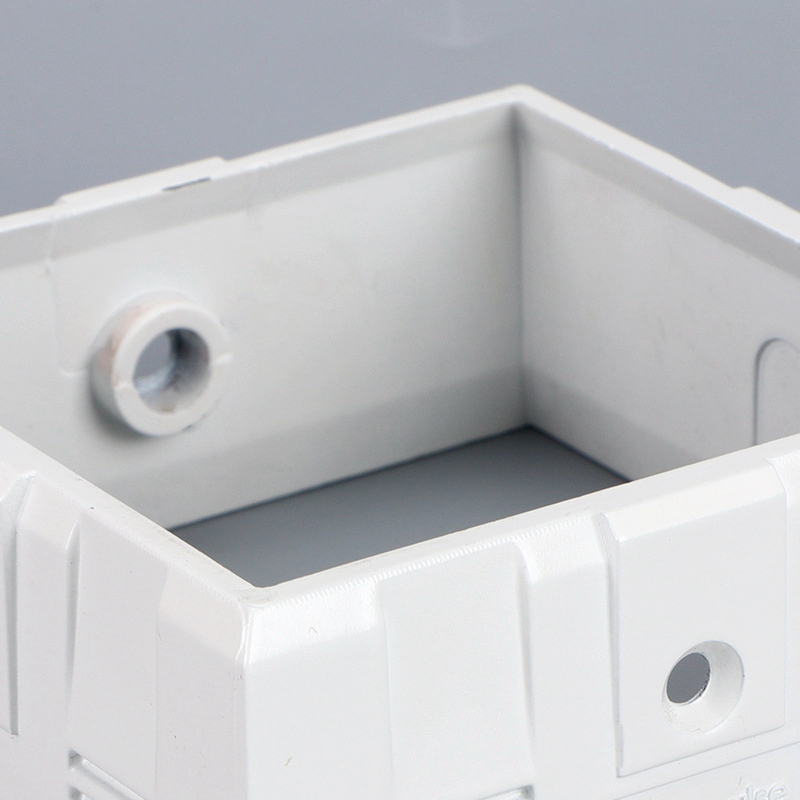
Practical Process for Material Selection
While understanding individual material factors is important, applying a structured selection process ensures that all relevant performance, manufacturing, and commercial criteria are properly balanced. Below is a practical 3-step process that manufacturers can follow when selecting the ideal metal for their custom casting project.
Define Application and Performance Requirements
The first step is to clearly define the part’s intended function and operating environment:
Mechanical loads: tensile, compressive, fatigue, impact
Operating temperature range
Corrosion environment: salt, chemical exposure, humidity
Electrical or thermal conductivity requirements
Weight targets for automotive, aerospace, or portable electronics
Surface appearance and finish expectations
Industry-specific compliance: aerospace, medical, automotive standards
A well-defined set of requirements will guide material screening and eliminate unsuitable options early in the process.
Conduct Material Property Comparison
Next, conduct a comparative analysis of potential materials:
Review material property databases and technical datasheets
Evaluate trade-offs between performance, castability, cost, and availability
Prioritize materials that meet critical design requirements while offering the best value
When narrowing down alloy options, also consider:
Compatibility with desired casting processes
Impact on tooling life and production costs
Secondary operations required (post-machining, surface treatments)
Collaborate with Casting Experts
Finally, work closely with experienced casting engineers, such as the team at Neway Die Casting, to validate material and process selection:
Confirm alloy suitability for the selected casting method (HPDC, gravity, or investment casting)
Use mold flow analysis to validate fill, solidification, and defect risk
Optimize gating and cooling designs to achieve consistent quality
Finalize alloy selection based on both performance and manufacturing efficiency
By following this collaborative, data-driven process, manufacturers can ensure that their material selection delivers optimal performance, cost-efficiency, and manufacturability for their custom casting needs.
